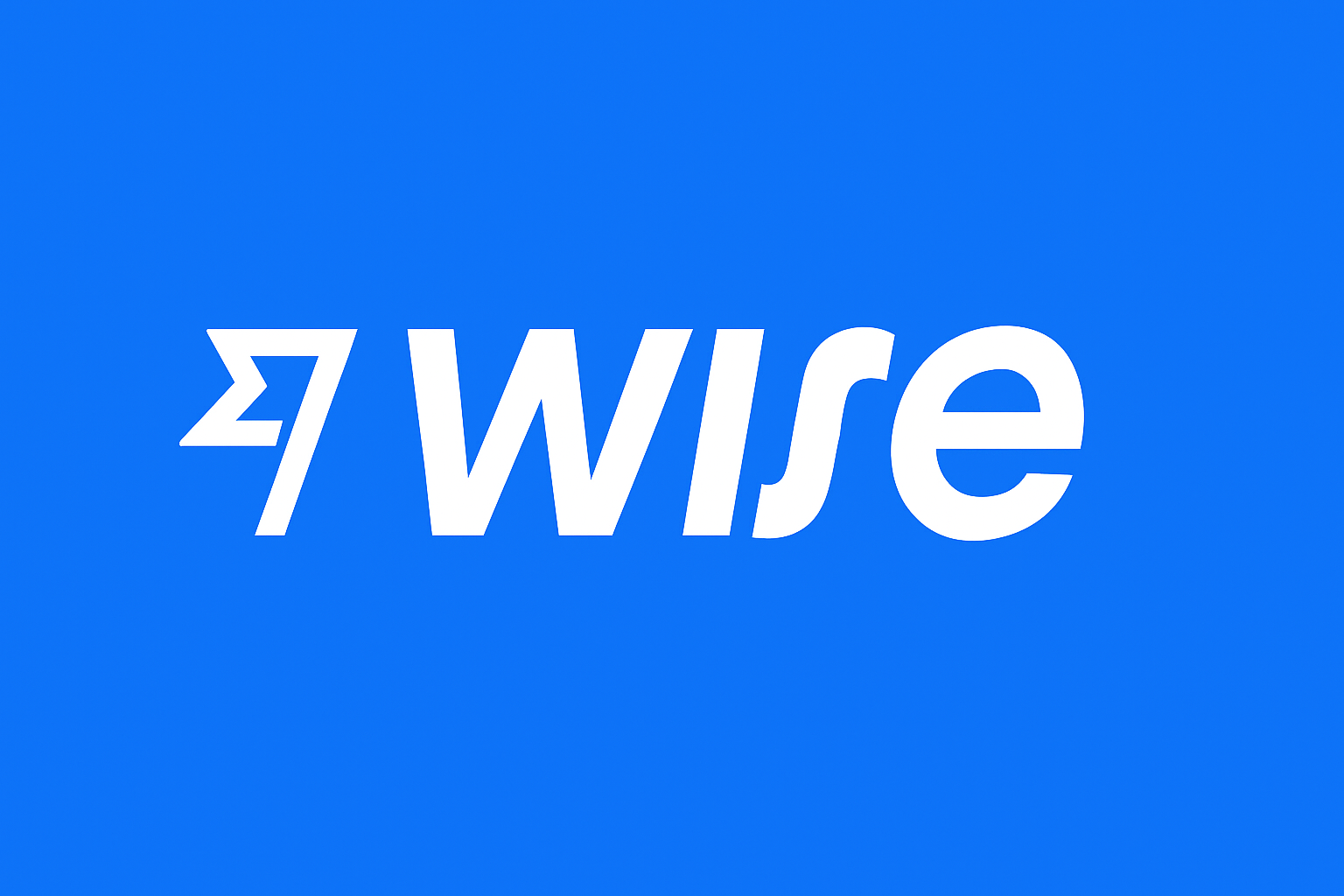Introduction: The Supreme Court’s Decision on Hijab Ban
In a significant legal development, the Supreme Court of India has paused the hijab ban imposed by Mumbai’s DK Marathe College. This decision comes in response to the institution’s controversial policy, which prohibited students from wearing hijabs or burqas on campus. The ruling, which has stirred nationwide debate, emphasizes the importance of individual freedom in educational settings and questions the inconsistency in dress code regulations.
The Controversial Hijab and Burqa Ban
DK Marathe College, a private institution in Mumbai, recently implemented a dress code that banned students from wearing hijabs and burqas within the campus. This decision quickly sparked controversy, as many viewed it as an infringement on religious freedom and personal choice. The college argued that the ban was part of a broader dress code aimed at ensuring uniformity among students, but the policy faced strong opposition, particularly from the Muslim community.
Supreme Court Questions Selective Dress Code Enforcement
The Supreme Court bench, led by Justices Sanjiv Khanna and Sanjay Kumar, questioned the selective enforcement of the dress code by DK Marathe College. The bench raised a critical point: if the college allows students to wear religious symbols like tilaks and bindis, why should hijabs and burqas be banned? This inconsistency led the justices to challenge the college’s policy, suggesting that it unfairly targets specific religious practices while exempting others.
Educational Institutions and the Freedom of Choice
In its ruling, the Supreme Court underscored the principle that educational institutions should not impose their preferences on students, particularly when it comes to personal attire. The court emphasized that students should have the freedom to choose their clothing, as long as it does not disrupt the educational environment. This ruling aligns with the broader constitutional right to freedom of expression and religion, reinforcing the idea that educational settings should respect individual rights.
The Bombay High Court’s Earlier Ruling
Before reaching the Supreme Court, the case had been heard by the Bombay High Court, which dismissed the plea against the hijab and burqa ban. The High Court ruled that the college’s dress code applied uniformly to all students, regardless of their religion or caste. However, this decision was met with criticism, as many believed it overlooked the specific impact the ban would have on Muslim students, who view the hijab and burqa as essential expressions of their faith.
Supreme Court’s Nuanced Ruling on Classroom Attire
While the Supreme Court paused the overall hijab ban, it made a nuanced ruling regarding the wearing of burqas inside classrooms. The court held that while students should have the freedom to choose their attire, the wearing of burqas during classes could be restricted. This aspect of the ruling acknowledges the potential need for certain dress codes in specific educational contexts, while still supporting the broader principle of personal freedom.
Public Reaction to the Supreme Court’s Decision
The Supreme Court’s ruling has been met with a mix of reactions across the country. Supporters of the decision praise the court for upholding individual rights and challenging discriminatory practices in educational institutions. On the other hand, some critics argue that the ruling could undermine uniformity and discipline in schools and colleges. The debate reflects the ongoing tension between personal freedoms and institutional regulations in India.
The Implications for Religious Freedom in Education
The Supreme Court’s decision has significant implications for religious freedom in educational settings. By pausing the hijab ban, the court has set a precedent that could influence future cases involving religious attire and personal expression in schools and colleges. The ruling sends a clear message that educational institutions must carefully consider the rights of students when implementing dress codes, ensuring that policies do not disproportionately impact certain religious or cultural groups.
The Role of the Judiciary in Balancing Rights and Regulations
This case highlights the crucial role of the judiciary in balancing individual rights with institutional regulations. The Supreme Court’s intervention in the hijab ban demonstrates the court’s commitment to protecting personal freedoms while also acknowledging the complexities of maintaining order and discipline in educational environments. The ruling is a reminder of the judiciary’s responsibility to ensure that laws and policies are applied fairly and without discrimination.
Conclusion: A Landmark Ruling on Personal Freedom
The Supreme Court’s decision to pause the hijab ban imposed by DK Marathe College is a landmark ruling that reaffirms the importance of personal freedom in educational settings. By questioning the selective enforcement of dress codes and emphasizing the right of students to choose their attire, the court has made a significant contribution to the ongoing debate over religious freedom in India. As the case continues to unfold, it will undoubtedly shape future discussions on the balance between individual rights and institutional authority in the country’s educational institutions.



























Leave a Reply